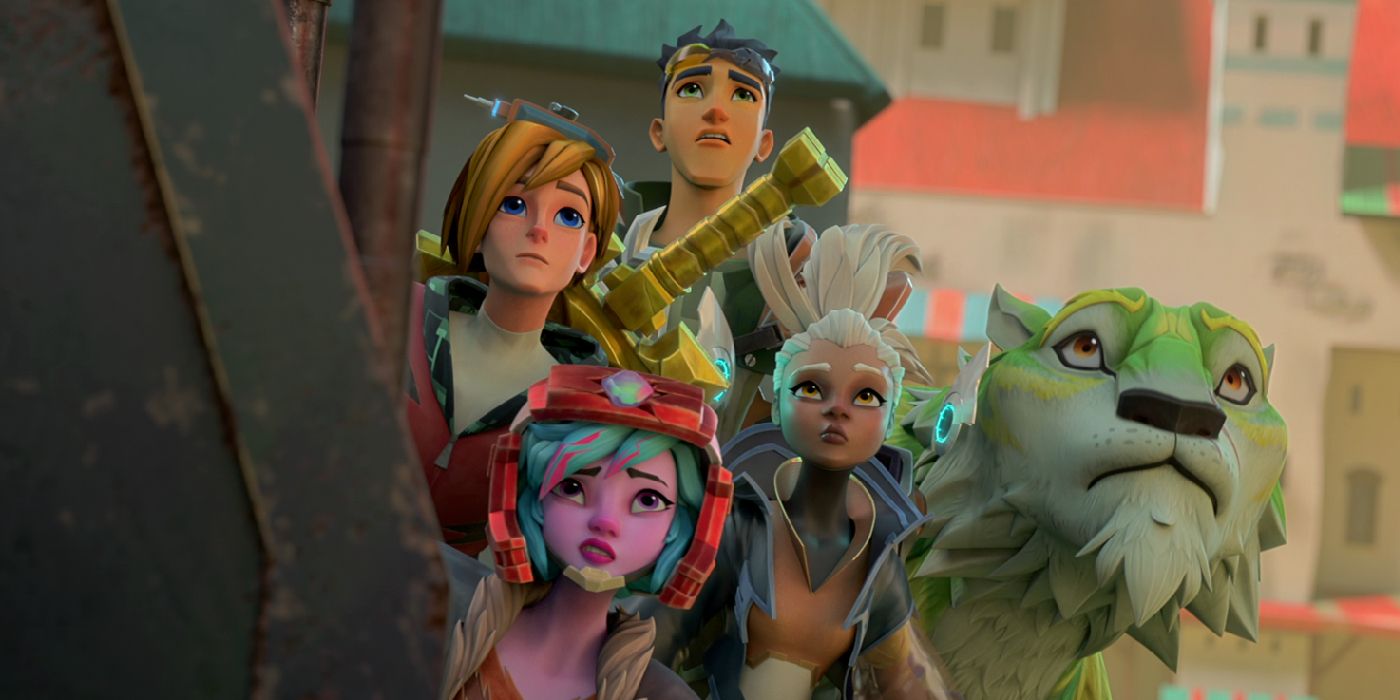Netflix has a lot of faith in He-Man and the Masters of the Universe, juggling multiple competing He-Man shows, but why? Reboots and sequels like Kevin Smith’s Masters of the Universe: Revelation are arriving at the same time as the CGI He-Man and the Masters of the Universe 2021 reboot, shortly after concluding the related adaptation She-Ra and the Princesses of Power. Furthermore, the He-Man shows don’t connect to one another, all having separate continuities — it’s a lot for one streaming platform.
In 2020 Netflix ended its successful She-Ra reboot, She-Ra and the Princesses of Power, which began in 2018. When a new He-Man show was announced, the obvious question was: would it share the same universe? After all, He-Man and She-Ra were twins in the original ’80s cartoons, toys, and comic books. But when Masters of the Universe: Revelation was released in 2021 the answer was clearly no, they do not exist together. Now, with yet another He-Man show, the CGI remake He-Man and the Masters of the Universe, also obviously having nothing to do with the other two, it is easy to wonder why there are so many different He-Mans in the room, and why each He-Man looks so different.
The answer, as with many things, likely lies in marketing. All of these Netflix properties are just not meant to be viewed by the same audiences. The intended audience for Masters of the Universe: Revelation is people who grew up with the original He-Man cartoon. He-Man and the Masters of the Universe is aimed at a younger and entirely new audience. It hews close to in look and design to other successful properties targeting the same age group like Star Wars Clone Wars, but with the varied manifestations of the power of Grayskull standing in for The Force. It is the job of He-Man and the Masters of the Universe to leverage what is proven to work and apply it to a new audience. Arguments may spring up over favorite continuities of Masters of the Universe, but such audience engagement only strengthens the overall brand. He-Man and the Masters of the Universe, if successful, still accomplishes its goal of creating a brand identity in the minds of a new generation such that they can have their own kind of Masters of the Universe: Revelation 40 years from now.
The only risk a big company would have with marketing simultaneous continuities at once is the risk of consumer confusion. However, other properties from a similar time and to similar age groups have already proved this confusion untrue. Both Transformers and the Teenage Mutant Ninja Turtles as brands have been juggling conflicting continuities aimed at different age groups for years. The brand development behind Transformers has similarities to He-Man. The question becomes not so much why are there conflicting He-Man continuities, but why did it take Mattel so long? Netflix is the safest bet for a streaming platform, and multiple shows targeting different age groups with an eye toward brand succession is the wisest move.
It can be easy to be cynical about stories designed by committees, but the original He-Man and the Masters of the Universe was one of the earliest examples of focus groups and marketing research dictating content. Multiple He-Men competing in the marketplace is just the brand’s step into a new future. Besides, if the continuities ever become too conflicting, fantasy storytelling offers limitless potential for He-Man to be rebooted and rewritten, ensuring that, like the ancient Greek myths of Hercules, there will always be one version of He-Man or another around.
About The Author
